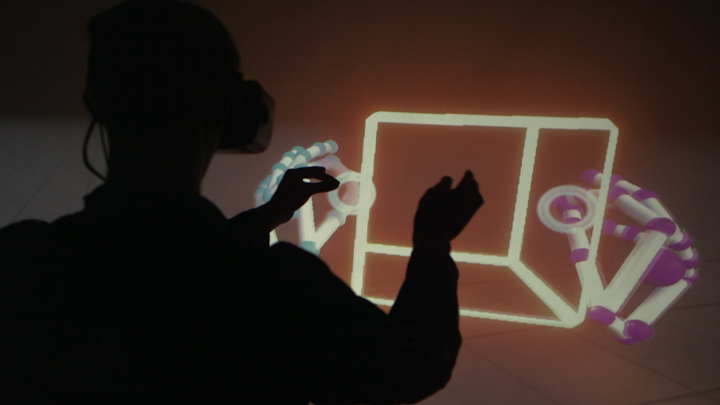
Leap Motion’s Interaction Engine simplifies the process of creating virtual objects that a player can pick up and hold while they’re embedded in a VR experience. At present, the module works best with spheres and cubes that are between one and two inches in size, but the company expects to broaden its scope based on user feedback.
The type of physics engine used in traditional video games is not well-suited to VR content. This can make it difficult for players to accurately manipulate an item, because the rules that govern the interaction don’t allow for virtual hands to pass through its mass — objects sometimes appear to dart out of your grasp because of this problem.
The Interaction Engine works by injecting a new set of instructions between the Unity engine and a Leap Motion controller’s hand tracking data, according to a report from Tom’s Hardware. Rather than worrying about stray fingers passing through the object in question, its surface is made elastic and the player is free to interact.
Leap Motion claims that the module allows players to stack objects on top of one another, and throw them through the air. Developers can even fine-tune the throwing physics to suit their needs.
There’s still some debate about the best input method for VR content, but a developer-friendly utility such as this could help raise the profile of Leap Motion’s peripherals — as long as it delivers on its promises.
An early access beta program for the Interaction Engine is now open, and interested parties can download all the necessary packages and documentation to get started from the Leap Motion developer hub.


